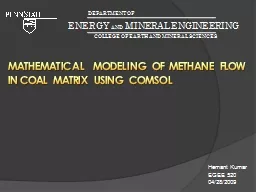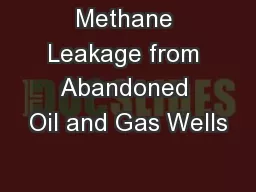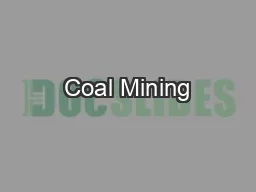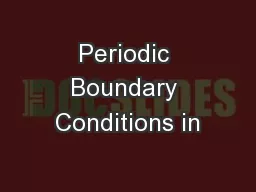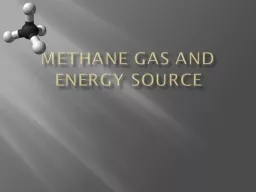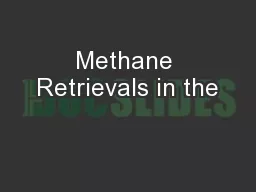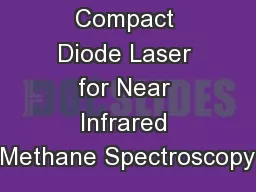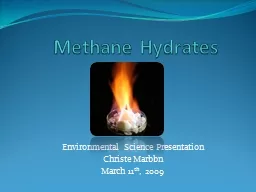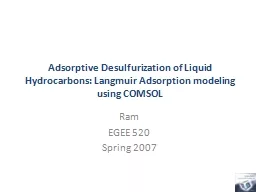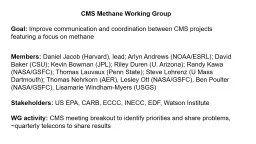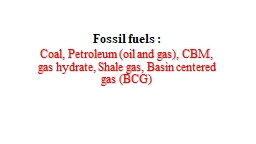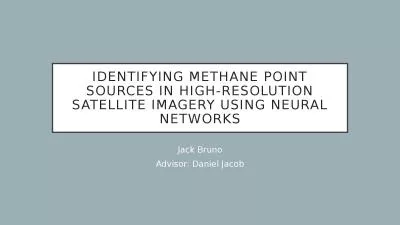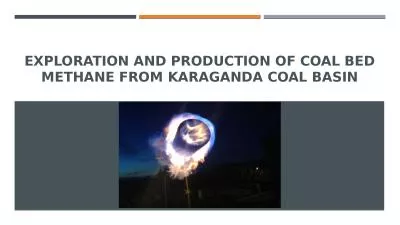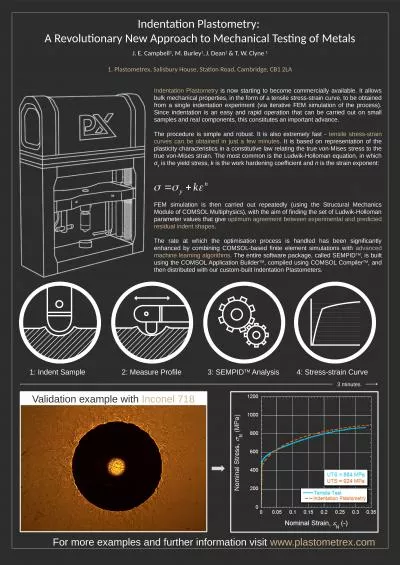PPT-Mathematical modeling of Methane flow in coal matrix using COMSOL
Author : alida-meadow | Published Date : 2018-09-29
Hemant Kumar EGEE 520 04282009 DEPARTMENT OF ENERGY AND MINERAL ENGINEERING COLLEGE OF EARTH AND MINERAL SCIENCES Introduction Coalbed Methane resides in phyteral
Presentation Embed Code
Download Presentation
Download Presentation The PPT/PDF document "Mathematical modeling of Methane flow i..." is the property of its rightful owner. Permission is granted to download and print the materials on this website for personal, non-commercial use only, and to display it on your personal computer provided you do not modify the materials and that you retain all copyright notices contained in the materials. By downloading content from our website, you accept the terms of this agreement.
Mathematical modeling of Methane flow in coal matrix using COMSOL: Transcript
Download Rules Of Document
"Mathematical modeling of Methane flow in coal matrix using COMSOL"The content belongs to its owner. You may download and print it for personal use, without modification, and keep all copyright notices. By downloading, you agree to these terms.
Related Documents

